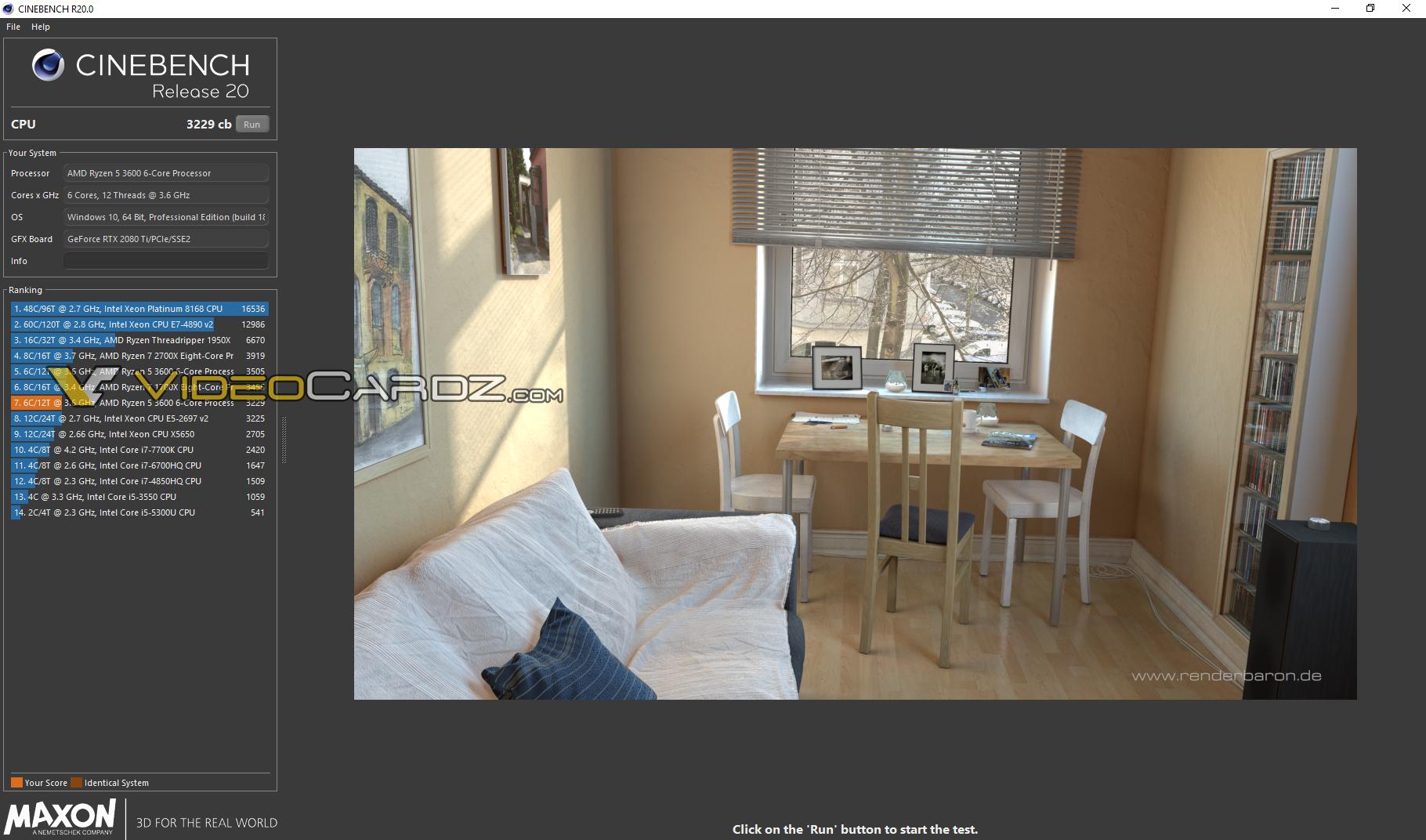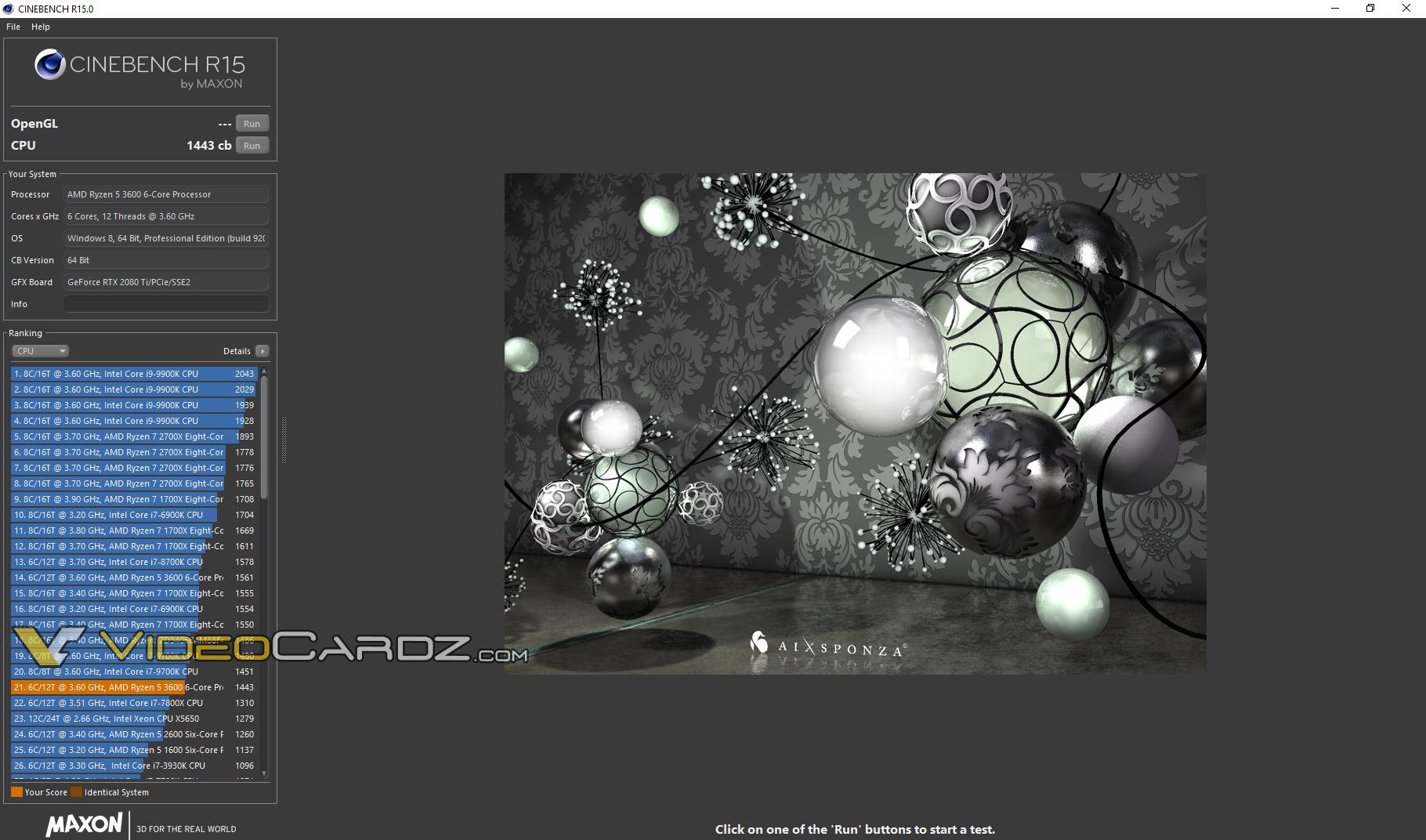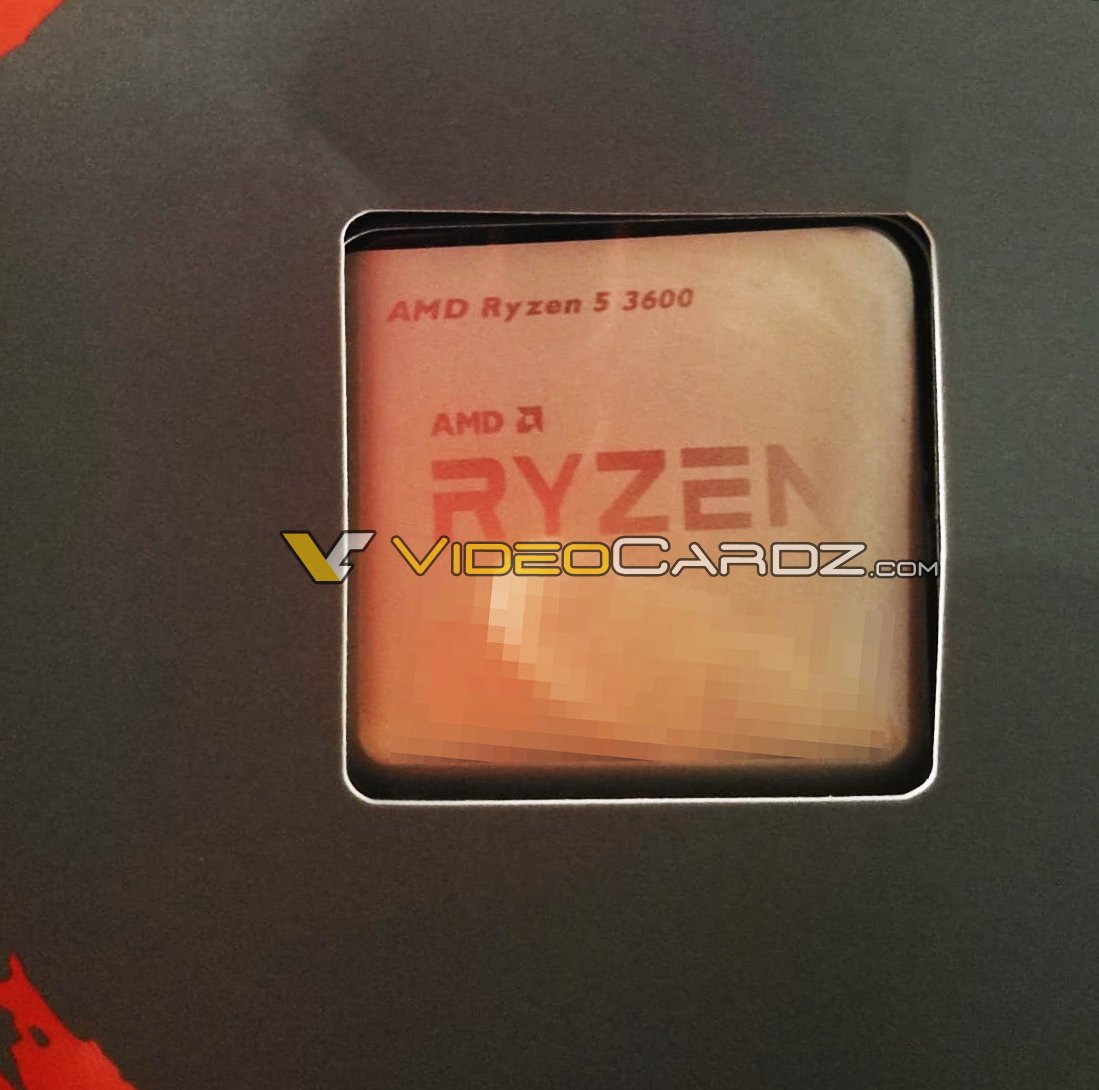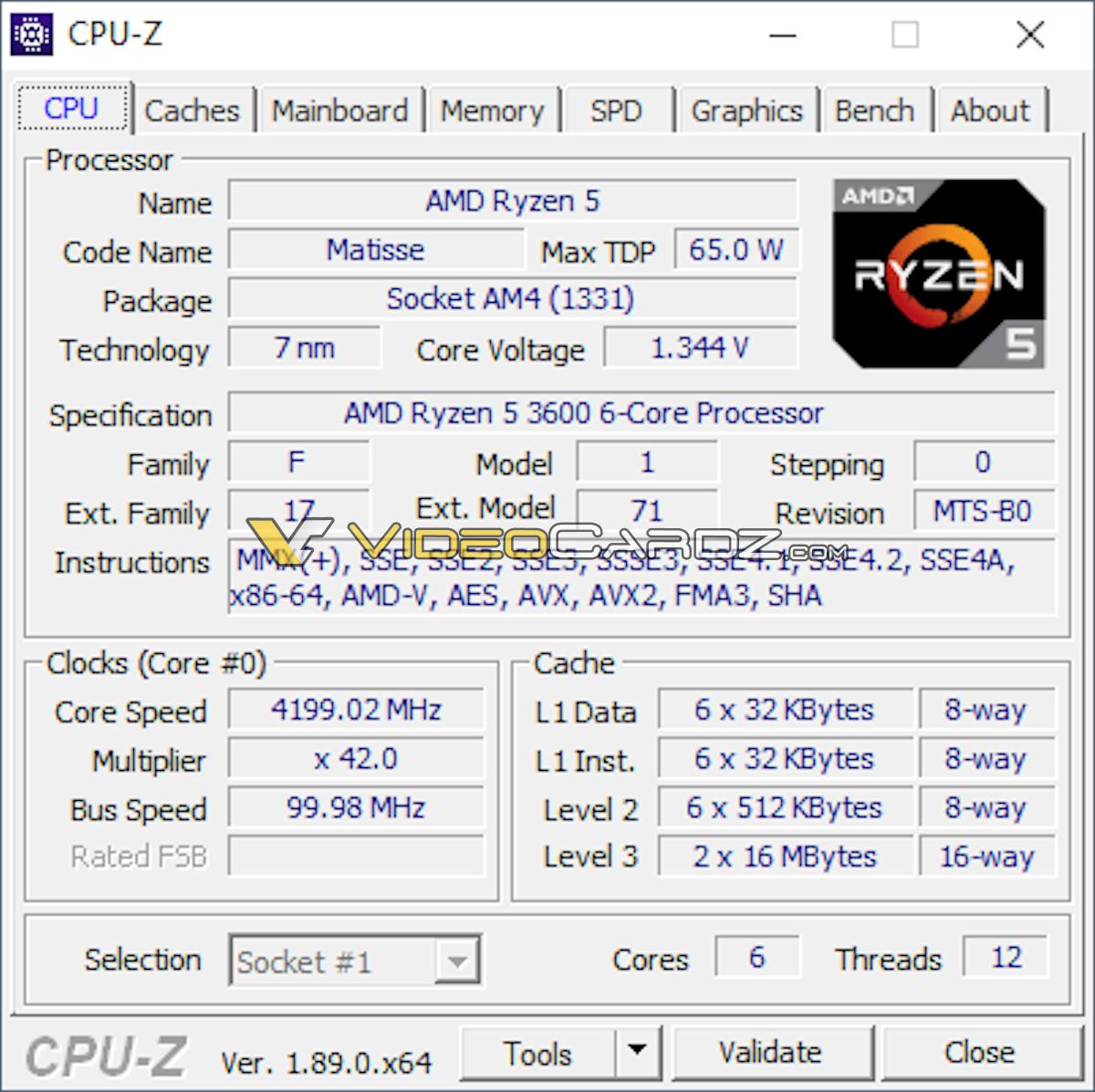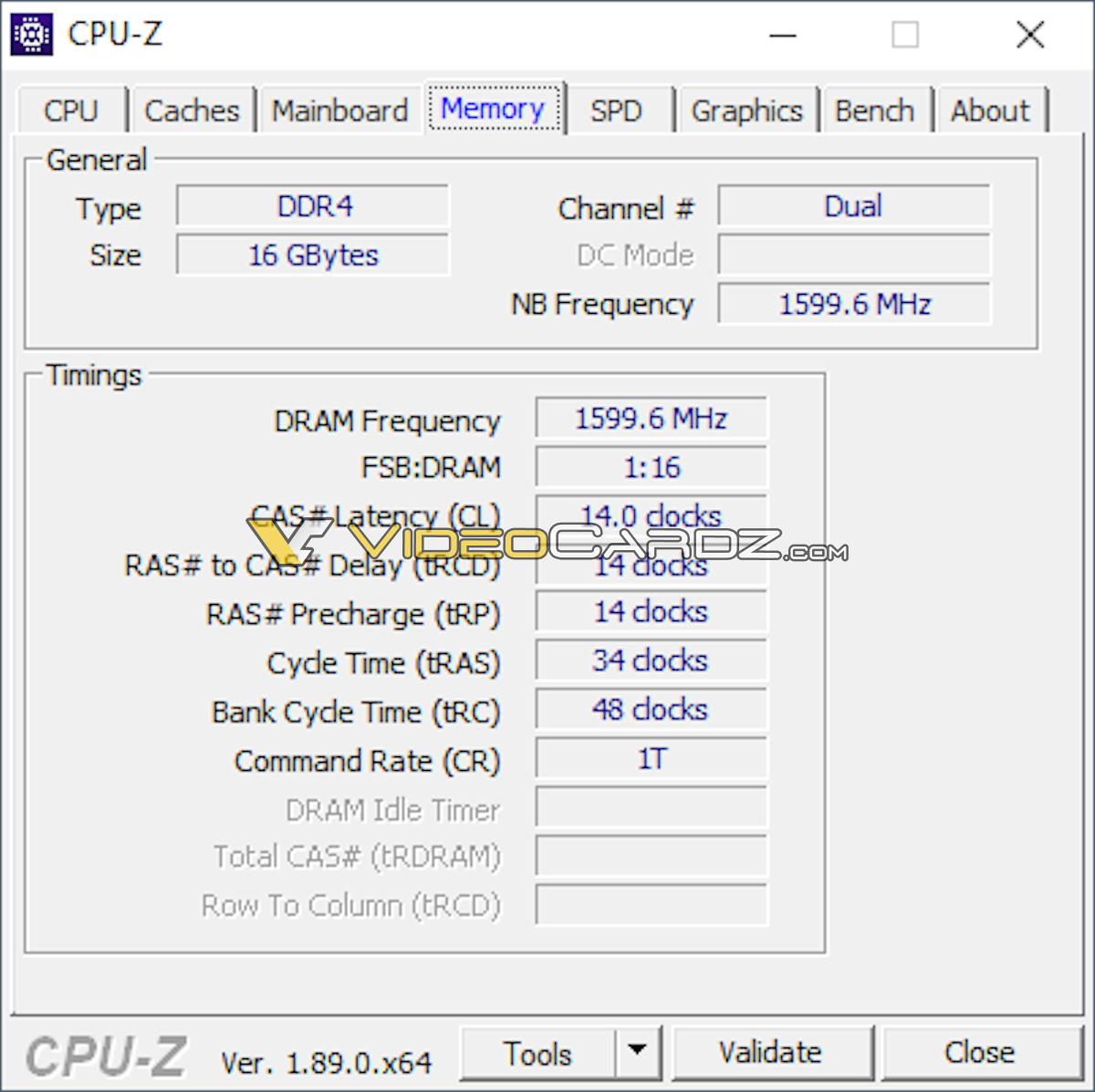Hi all,
I have been following this thread ever since I was notified that one of my resources had been shared here. I've since read through 300 pages, before making the fatal error to take a couple of weeks break. Now I'm 300 pages behind, but I've decided to take the time to join in as I miss talking about microelectronics with fellow forum members (the SemiAccurate forum was removed without warning, apparently).
Anyway, yes. Nice to meet you all.
I have spoken directly to the developers regarding CPU-Z, so I can fill in the gaps for you:
Going by the scores from the image, they are basing their numbers on the SSE2 benchmark.
It really isn't a great benchmark in the grand scheme of things. You're specifically testing either SSE2 or AVX2 instruction throughput, and nothing else. The latter of which will show Zen 2 significantly stronger than the previous generations due to the modified FPU capabilities.
I have been following this thread ever since I was notified that one of my resources had been shared here. I've since read through 300 pages, before making the fatal error to take a couple of weeks break. Now I'm 300 pages behind, but I've decided to take the time to join in as I miss talking about microelectronics with fellow forum members (the SemiAccurate forum was removed without warning, apparently).
Anyway, yes. Nice to meet you all.
Presumably sunny cove has AVX512 - I could see that sort of increase being likely in a benchmark that uses those instructions heavily (I've no idea if this benchmark does) even if normal IPC increase is more modest.
I have spoken directly to the developers regarding CPU-Z, so I can fill in the gaps for you:
- The benchmark uses superscalar SSE2 instructions, but nothing higher than that. This is why Core2 Duo/Quad processors are able to keep up with AMD APUs and newer Celerons.
- The benchmark used by versions 1.78 and prior were small enough to fit entirely into the Ryzen L2 cache, "enhancing" the scores for those models.
- The benchmark used by versions 1.80 and newer fixed that.
- Version 1.87 introduced a new AVX2 benchmark.
Going by the scores from the image, they are basing their numbers on the SSE2 benchmark.
It really isn't a great benchmark in the grand scheme of things. You're specifically testing either SSE2 or AVX2 instruction throughput, and nothing else. The latter of which will show Zen 2 significantly stronger than the previous generations due to the modified FPU capabilities.
Last edited:



